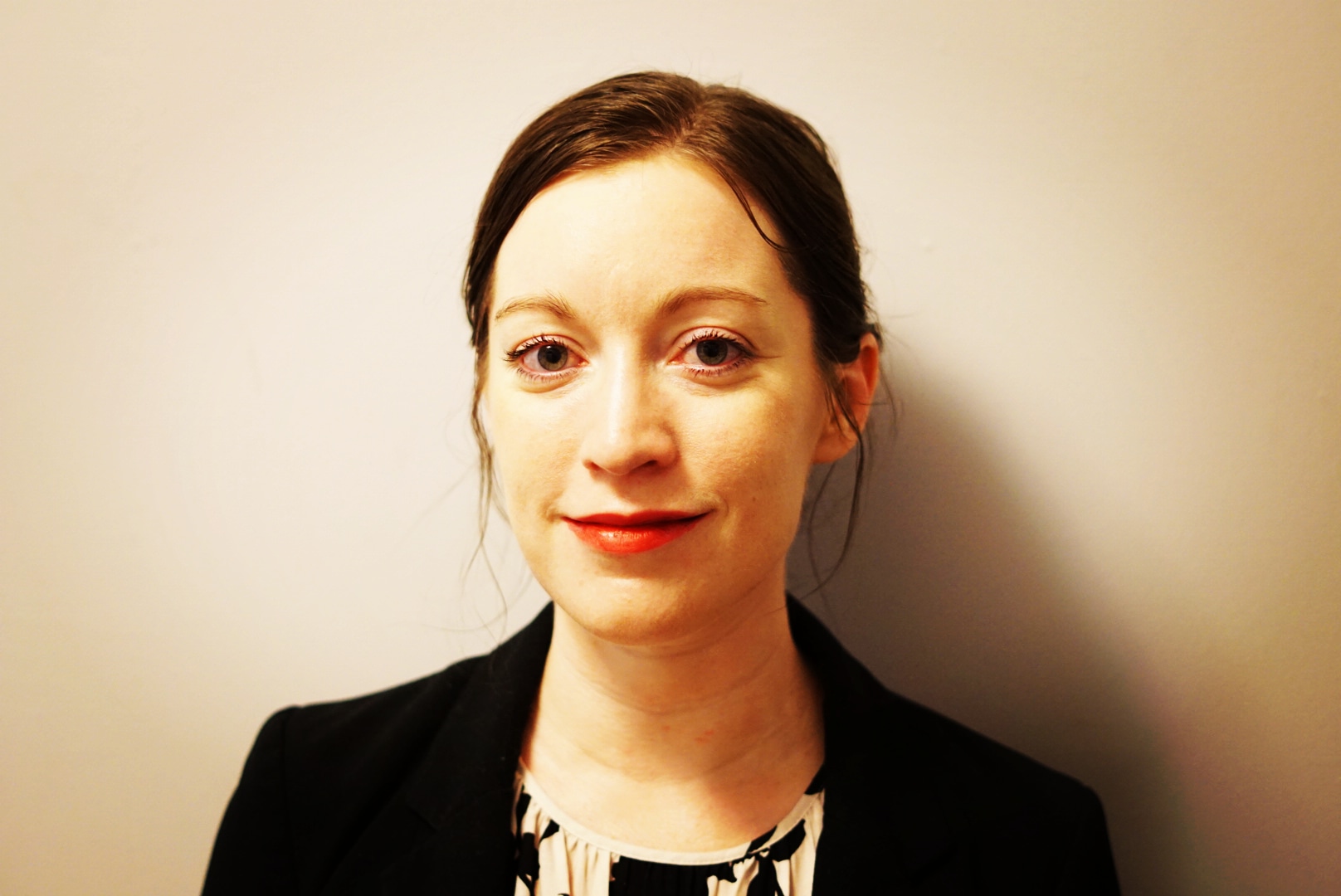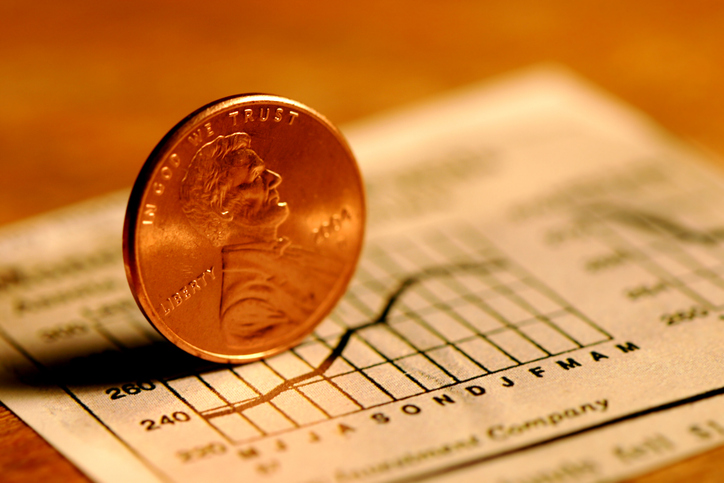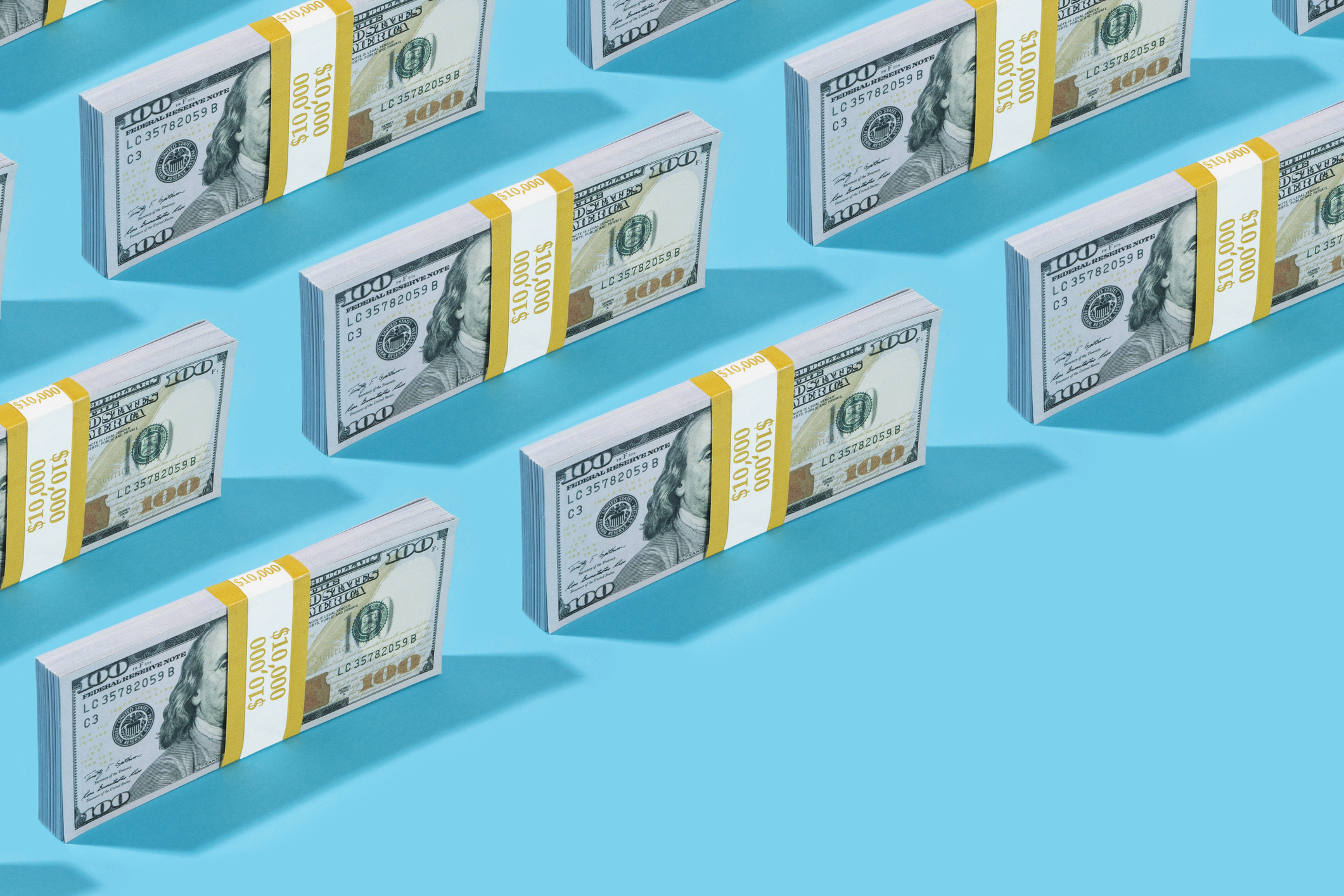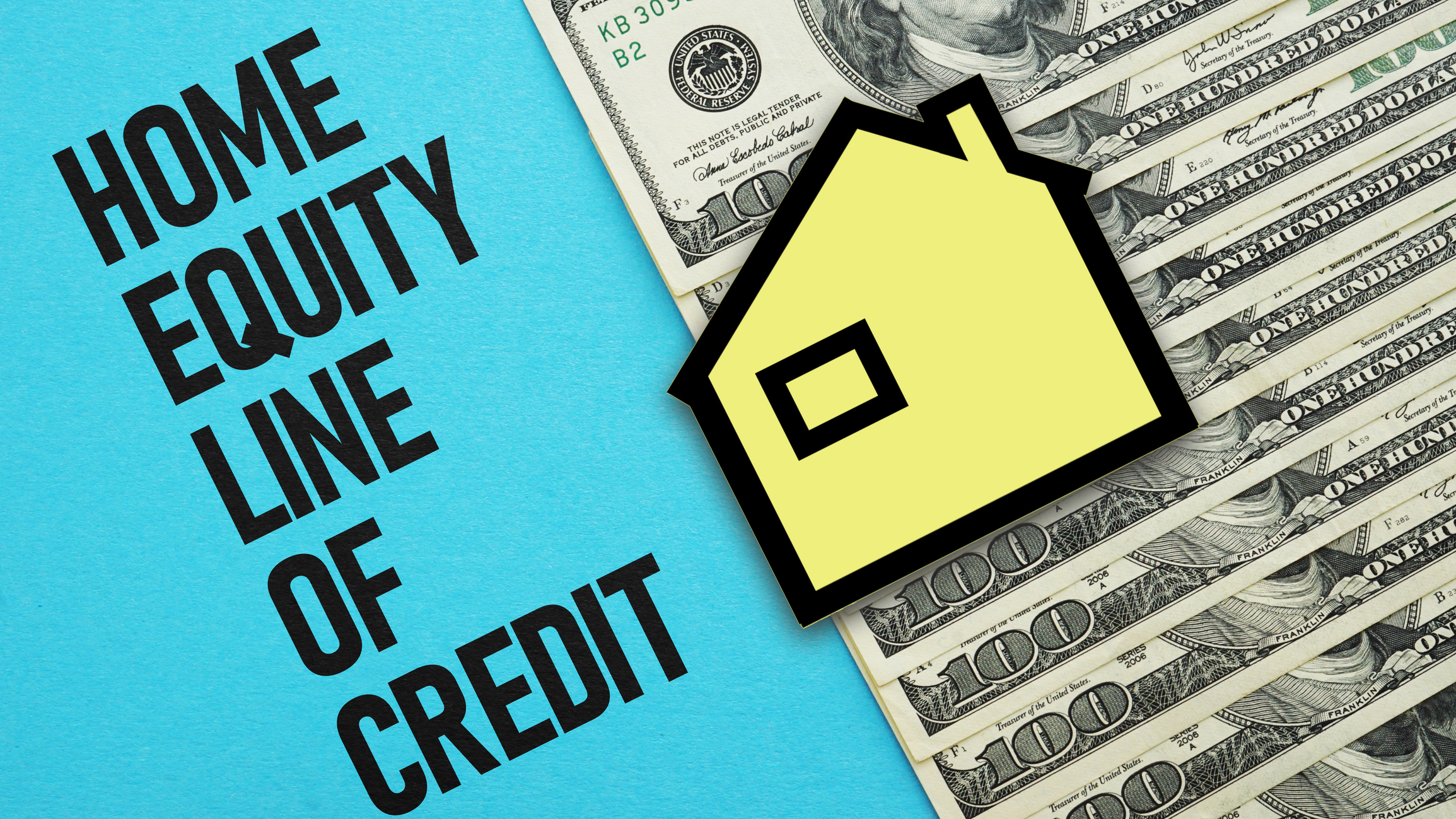I Need to Cut $1,000 From My Monthly Budget, and I've Already Given Up Starbucks and Dining Out. What Else Can I Do?
Here are some creative ways to save up to $1,000 a month, even if you feel like you've already made all of the obvious cuts.


Question: I need to free up $1,000 in my monthly budget, and I've already given up Starbucks and dining out. What else can I do?
Answer: There are many ways to trim your budget, even if you think you've already cut out all the extra expenses. The key is for people to "treat their budget as if they were downsizing their home," according to Million Dollar Round Table member and personal finance expert Roy Lederman. You'll need to eliminate some items altogether and find creative ways to live comfortably with less.
I've listed some ideas below of where you could find savings in your own budget, including ballpark estimates of how much each option could save. Some strategies are more dramatic lifestyle changes (like giving up a car), while others are clever financial tweaks that can shave your expenses without you even noticing a change in your lifestyle.
From just $107.88 $24.99 for Kiplinger Personal Finance
Become a smarter, better informed investor. Subscribe from just $107.88 $24.99, plus get up to 4 Special Issues

Sign up for Kiplinger’s Free Newsletters
Profit and prosper with the best of expert advice on investing, taxes, retirement, personal finance and more - straight to your e-mail.
Profit and prosper with the best of expert advice - straight to your e-mail.
Groceries: Cut $242 per month
An average four-person household in the United States wastes $56 per week on food that ends up going uneaten, according to the Environmental Protection Agency (EPA). So, eliminating that wasted food could save you about $242 per month.
Here are some tips to do that:
- Plan meals with overlapping ingredients to take advantage of sales, coupons and bulk pricing.
- If you struggle with impulse buying, use curbside pickup or make fewer (but larger) shopping trips each month.
- On days you aren't able to cook a meal as planned, store the ingredients in the freezer to buy yourself more time to use them.
- Join your grocery store's free loyalty program (if available) to get exclusive coupons and early notice about sales and deals. You can use that to guide your meal planning.
You can claw back even more out of your grocery (and gas) budget by using the right cash back credit card. My current setup includes the American Express Blue Cash Preferred card and the Costco Anywhere Visa.
The former nets me 6% back on groceries (but can't be used at Costco). The latter earns 2% on Costco purchases and 5% on Costco gas. All told, I earn about $50 every month in cash-back on gas and groceries alone for a household of two. For larger households, the savings could easily run higher.
The key to making this strategy work is sticking to a grocery budget even though you're using credit, so you can pay it off in full before you're charged interest.
Earning cash back on every grocery trip can help put a little of that money back in your pocket. See Kiplinger's top credit card picks for online shopping, powered by Bankrate. Advertising disclosure.
Streaming: Cut $50 per month
On average, Americans spend $50 per month on streaming services. But with a little creativity, you could cut that to nearly zero without giving up streaming altogether.
Some credit cards offer generous streaming credits. You should also check your mobile carrier, internet provider and shopping memberships for offers.
For example, T-Mobile offers a free Netflix, Hulu and Apple TV+ bundle with select mobile plans. Walmart+ also offers a free subscription to Paramount+ or Peacock. You can alternate between them every couple of months to get both for free.
Another trick to save on streaming is taking advantage of seasonal subscription deals. Back in May, Peacock was offering a full year of the subscription for $24.99. At the same time, my Delta Skymiles Platinum American Express card was offering a one-time $7.99 statement credit if I used that card to pay for a Peacock subscription.
I was able to take advantage of both offers at once and am now enjoying a full year of Peacock for just $17 – a savings of $63 for the year. Black Friday is just around the corner and many streaming services offer juicy deals around that time.
With the right card in your wallet, you can easily stream for free (or cheap). Compare Kiplinger's top credit cards with the most generous streaming perks, powered by Bankrate. Advertising disclosure.
Utilities: Cut $122 per month
To get to that $122 in savings, I relied on a few averages: American households spend about $143 per month on electricity (Energy Information Administration), $80 on gas (American Gas Association) and $83 on water (the EPA). Lastly, a CNET analysis estimates U.S. households spend about $78 per month on internet.
Here are some tips to lower each of those bills:
- The EPA provides easy tips that can cut your water bill by about $31 per month.
- The Department of Energy put together this guide to help homeowners cut energy bills (lectricity and gas) by about 25%. At Kiplinger, we also have this guide with 18 ways to cut your energy bills.
- You may also be able to shave up to $35 per month off your internet bill. Downgrading your speed to the next level would save about $20, and you may not even notice a difference.
- If you're renting your equipment, that typically adds about $15 per month to your bill. Buying your own costs about $100, so you'd earn that upfront investment back in less than seven months.
- Older Americans can call around their utility providers to check for senior discounts. Not every company offers them, and the age at which they kick in varies. But, if you're over 50, it's worth asking.
Debt: Cut $360 per month
The Federal Reserve is expected to continue cutting rates this year.
"With interest starting to decrease, refinancing of mortgages, student loans, along with consolidating high-interest credit card debt should become a top priority. By doing so, you can lower your monthly payments by hundreds without sacrificing your lifestyle," Lederman said.
The average U.S. household has over $151,000 in debt, according to WalletHub. That includes mortgage and credit card debt, averaging around $9,800.
Based on those numbers, refinancing your mortgage to a rate that's at least 1% lower could save about $100 per month, while consolidating your credit card debt to a lower-interest loan could save about $40 per month. In both cases, you're also potentially saving tens of thousands over the long-term by paying less interest overall.
Meanwhile, the average monthly payment on a loan for a new car is $749. Simply trading that new car in for a reliable used one could drop your payment to $529, a savings of $220 per month.
If you can downsize to just one car for your household, giving up that $749 monthly payment (and saving more on car insurance, fuel and maintenance) would add a lot of breathing room to your budget in one fell swoop.
Insurance: Cut $360 per month
Here are a few of the most effective ways to lower your home and car insurance premiums. If you're able to use all of them for both policies, you could save up to $360 per month:
- Shop around for new car and home insurance. Those who switch save $461 per year on average for car insurance. You might be able to see similar savings on home insurance.
- Raise your deductibles. For home insurance, raising your deductible from $500 to $1,000 can lower your premium by 25%. That's over $600 per year in savings, based on current average home insurance rates. You could lower car insurance costs by about $800 per year by doing the same thing.
- If you're able to follow the advice above about downsizing from two cars to one, tack on about $2,100 per year in savings to your tab.
In many cases, the strategies above are about trimming waste and making tweaks that put more cash in your pocket while minimizing the impact on your lifestyle. There are still plenty of ways to cut your monthly budget, even if you feel like you already eliminated the obvious expenses like dining out or splurging on a morning coffee.
Get more insurance tips and other personal finance insights straight to your inbox. Subscribe to our daily newsletter, A Step Ahead.
Related content
Profit and prosper with the best of Kiplinger's advice on investing, taxes, retirement, personal finance and much more. Delivered daily. Enter your email in the box and click Sign Me Up.

Rachael Green is a personal finance eCommerce writer specializing in insurance, travel, and credit cards. Before joining Kiplinger in 2025, she wrote blogs and whitepapers for financial advisors and reported on everything from the latest business news and investing trends to the best shopping deals. Her bylines have appeared in Benzinga, CBS News, Travel + Leisure, Bustle, and numerous other publications. A former digital nomad, Rachael lived in Lund, Vienna, and New York before settling down in Atlanta. She’s eager to share her tips for finding the best travel deals and navigating the logistics of managing money while living abroad. When she’s not researching the latest insurance trends or sharing the best credit card reward hacks, Rachael can be found traveling or working in her garden.
-
 Ask the Editor: IRAs, 401(k)s and RMDs
Ask the Editor: IRAs, 401(k)s and RMDsAsk the Editor In this week's Ask the Editor Q&A, Joy Taylor answers questions on IRAs, 401(k)s and required minimum distributions
-
 Got $100 to Gamble? These Penny Stocks Could Be Worth the Ride
Got $100 to Gamble? These Penny Stocks Could Be Worth the RideVolatile penny stocks are high-risk plays with potentially high rewards. If you have $100 you can afford to lose, these three names are worth a look.
-
 Being an Executor is a Thankless Job: Do It Well Anyway
Being an Executor is a Thankless Job: Do It Well AnywayYou can be a "good" executor of an estate, even though carrying out someone's final wishes can be challenging.
-
 I'm an Insurance Pro: Going Without Life Insurance Is Like Driving Without a Seat Belt Because You Don't Plan to Crash
I'm an Insurance Pro: Going Without Life Insurance Is Like Driving Without a Seat Belt Because You Don't Plan to CrashLife insurance is that boring-but-crucial thing you really need to get now so that your family doesn't have to launch a GoFundMe when you're gone.
-
 The Top 22 Gifts for Grandkids from Walmart in 2025
The Top 22 Gifts for Grandkids from Walmart in 2025From PlayStation to Labubu, you'll find the hottest gifts of 2025 for your grandkids at Walmart this year. Some of them are up to 78% off.
-
 What Not to Do in an Airport Lounge
What Not to Do in an Airport LoungeBefore you settle into that cushy lounge chair, skip the rookie moves that annoy other travelers and can even get you kicked out.
-
 CD vs. Money Market: Where to Put Your Year-End Bonus Now
CD vs. Money Market: Where to Put Your Year-End Bonus NowFalling interest rates have savers wondering where to park cash. Here's how much $10,000 earns in today's best CDs versus leading money market accounts.
-
 Meet the World's Unluckiest — Not to Mention Entitled — Porch Pirate
Meet the World's Unluckiest — Not to Mention Entitled — Porch PirateThis teen swiped a booby-trapped package that showered him with glitter, and then he hurt his wrist while fleeing. This is why no lawyer will represent him.
-
 Smart Business: How Community Engagement Can Help Fuel Growth
Smart Business: How Community Engagement Can Help Fuel GrowthAs a financial professional, you can strengthen your brand while making a difference in your community. See how these pros turned community spirit into growth.
-
 Smart Money Moves Savers Should Make in 2026
Smart Money Moves Savers Should Make in 2026These steps will get you on the road to achieving your 2026 savings goals.
-
 How Much Would a $50,000 HELOC Cost Per Month?
How Much Would a $50,000 HELOC Cost Per Month?Thinking about tapping your home’s equity? Here’s what a $50,000 HELOC might cost you each month based on current rates.

